Sodium-ion batteries are rapidly gaining attention as a promising alternative to traditional Lithium-ion batteries. As the demand for renewable energy storage and Electric Vehicles (EVs) escalates, sodium-ion technology emerges as a cost-effective and safe solution.
Advantages of Sodium-Ion Batteries
Sodium-ion batteries stand out primarily due to their cost-effectiveness. Sodium is nearly 400 times more abundant than lithium, making these batteries potentially cheaper to produce. This abundance translates to reduced material costs, opening doors to wider adoption.
Moreover, their safety profile is commendable. Solid-state sodium-ion batteries are non-flammable and maintain stability over a wide temperature range. This characteristic positions them as a safer alternative in various applications, including domestic and industrial settings.
Cold Weather Performance
Performance in cold climates is another area where Na-ion batteries excel. They retain up to 80% of their capacity at temperatures as low as -30°C. In contrast, Lithium-ion batteries typically retain only about 50%. This robust performance in extreme conditions makes them ideal for colder regions.
Applications in Energy and Mobility
The versatility of Na-ion batteries makes them suitable for multiple applications. In renewable energy storage, they efficiently store energy from sources like wind and solar, ensuring a consistent and balanced supply for homes and businesses.
Electric Vehicles
Sodium-ion technology is also making strides in the EV market. These batteries are projected to dominate budget and low-range EV models. Their cost-effectiveness and reliable performance in cold climates enhance their appeal in regions with harsh winters.
Industrial mobility also benefits from sodium-ion batteries. Companies can maximize asset utilization while minimizing operating costs. This adaptability leads to broader acceptance across various sectors.
Development and Future Outlook
By 2025, energy densities of sodium-ion batteries could reach nearly 150 watt-hours per kilogram. This development promises improved efficiency and competitiveness with existing Lithium-ion technology.
Manufacturers can leverage existing Lithium-ion infrastructure to produce sodium-ion batteries. This cross-compatibility reduces additional capital expenditure and accelerates commercialization.
Visionary companies like Contemporary Amperex Technology Limited (CATL) and Bluetti are at the forefront of Sodium-ion Battery development. Their efforts are leading to innovative applications in various sectors, promising a transformative impact.
The Year of Adoption
Industry experts predict that 2024 will be pivotal for sodium-ion batteries, especially in EVs. With wider adoption, these batteries are expected to revolutionize energy storage solutions, making them accessible and efficient for all.
Some envision hybrid battery packs that combine sodium-ion and Lithium-ion technologies. This approach balances performance and cost, paving the way for innovative energy solutions.
In summary, sodium-ion batteries offer a myriad of advantages, including cost-effectiveness and safety in renewable energy and mobility. As technology progresses, these batteries could play a significant role in the future of energy storage.
Disclaimer:
The content presented on this page has not been manually verified by our team. While we strive to ensure accuracy, we cannot guarantee the validity, completeness, or timeliness of the information provided. Always consult with appropriate professionals or sources before making any decisions based on this content.
The image is randomly selected and doesn’t necessarily represent the company or the news above.







